Embarking on a beauty career or simply elevating your nail care expertise begins with the right training. A manicure course is an essential stepping stone for aspiring nail technicians and beauty enthusiasts who want to master the art of manicures, pedicures, and advanced nail techniques. Whether you’re looking to start your own business or enhance your skill set, this comprehensive guide explores the ins and outs of manicure courses, their accreditation, costs, and how to obtain your manicure license. Dive deep into the world of nail artistry and discover how a manicure course can transform your professional journey.
Manicure Course – Mastering the Art of Nail Beautification and Skills Development
A manicure course offers more than just basic nail care; it is a gateway to acquiring advanced skills, understanding nail health, and delivering exceptional customer service. These courses are designed to cater to learners of different experience levels, from complete beginners to seasoned beauty professionals seeking specialization.
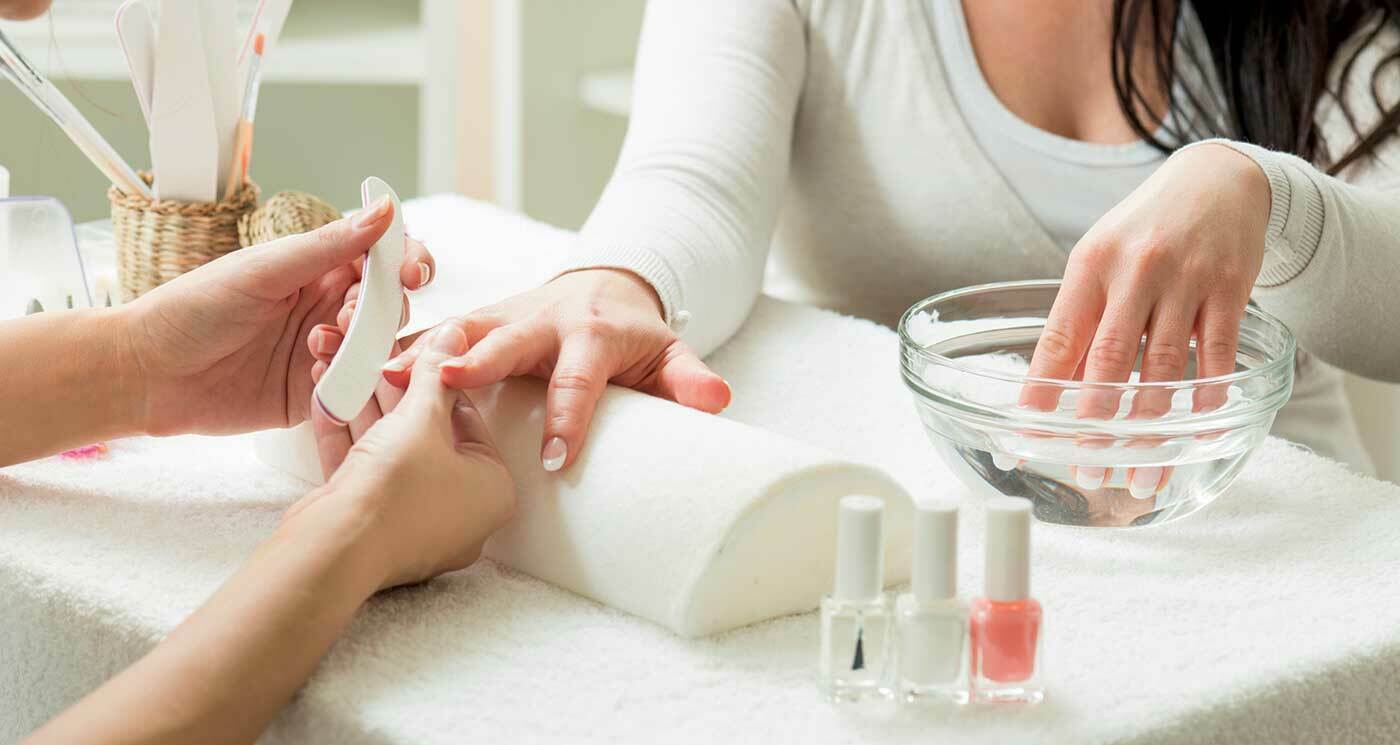
Taking a manicure course is an investment in your future, providing you with the knowledge and hands-on practice necessary to excel in a competitive industry. Such courses typically cover a wide range of topics, including nail anatomy, hygiene practices, artificial nail application, gel nails, nail art, and business skills for managing a successful salon or freelance career.
Before enrolling, it’s crucial to understand what makes a good manicure course and how to leverage this education for maximum benefit. A reputable course should blend theory with practical experience, ensuring students gain confidence in their skills, learn safety protocols, and stay updated with the latest trends and techniques in nail care.
The Benefits of Enrolling in a Manicure Course
- Skill Acquisition and Confidence Building Enrolling in a manicure course allows students to develop precision, artistic flair, and professionalism. Practical sessions with real clients or mannequins help build confidence and ensure readiness to serve clients later.
- Understanding Nail Health and Hygiene Proper techniques in disinfection, sterilization, and nail health counseling are integral to a successful manicure career. The course emphasizes practicing these protocols to prevent infections and ensure client safety.
- Career Advancement Opportunities Completing a recognized manicure course opens doors to employment in salons, spas, or your own business. Certification enhances credibility and attracts clients looking for qualified professionals.
- Creativity and Trend Adaptation Courses often include modules on nail art, design techniques, and trending styles, providing students with creative outlets and the ability to differentiate their services.

Choosing the Right Manicure Course for You
Selecting the perfect manicure course requires careful consideration of several factors:
- Curriculum Content Ensure the course covers basic techniques, advanced skills, hygiene, and business modules.
- Accreditation and Certification Verify that the course provides recognized certificates that can lead to a manicure license and employment.
- Practical Hours and Experience Opt for courses with ample hands-on training, which is essential for building confidence and competence.
- Course Duration and Flexibility Short-term or part-time options are suitable for learners balancing other commitments.
- Price and Value for Money The cost varies, but it should reflect the quality of training and certification achieved.
How to Use Your Manicure Course Effectively
Once enrolled, actively practicing what you learn is key. Here’s how to maximize your manicure course experience:
- Engage thoroughly in theoretical sessions and ask questions to clarify techniques.
- Practice repeatedly on models or mannequins until you feel confident.
- Keep updated with new trends by following industry leaders and online tutorials.
- Build a portfolio of your work to attract clients or employers.
- Seek mentorship or advanced courses to continually refine your skills.
Accredited Manicure and Pedicure Courses – Ensuring Quality and Industry Recognition
Accredited manicure and pedicure courses are essential for professionals seeking industry recognition and credibility. Accreditation assures that the curriculum meets specific standards set by governing bodies, which can significantly impact employability and career growth.
In this section, we explore the importance of choosing accredited manicure and pedicure courses, what accreditation entails, and how it influences your professional credentials.
What is Accreditation in Manicure Courses?
Accreditation is a validation process where an independent organization reviews a course’s quality, curriculum, instructor qualifications, and practical training components. An accredited manicure course guarantees that the training meets industry standards, ensuring you receive comprehensive education aligned with regulatory requirements.
Courses can be accredited at various levels, such as national, regional, or international, depending on the accrediting body. Recognized accreditation ensures your certification is valid and respected across different regions, opening more opportunities.
Why Choose Accredited Manicure and Pedicure Courses?
- Industry Acceptance Certifications from accredited courses are more likely to be accepted by salons, spas, and regulatory boards, making it easier to find employment and build trust with clients.
- Legal Compliance and Licensing Accredited courses often fulfill the requirements for obtaining a manicure license, a legal necessity in many regions.
- Professional Development Accredited programs typically update curricula to reflect current trends, safety standards, and technological advances, keeping you competitive.
- Enhanced Credibility Clients and employers prefer professionals trained in accredited programs, boosting your reputation and potential earnings.
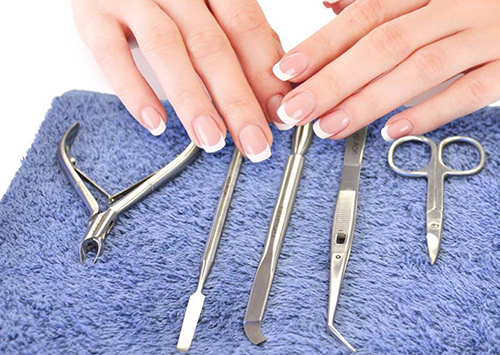
How to Identify and Verify Accreditations
- Research the Accrediting Body Look for reputable organizations such as the Beauty Industry Authority or national cosmetology boards.
- Check the Certification Recognition Ensure that the certification issued is valid in your region and accepted by local licensing authorities.
- Review Course Curriculum Accredited programs usually have standardized modules that cover essential technical and business skills.
- Read Student Feedback and Testimonials Positive reviews can indicate the quality of training provided by accredited schools.
Advantages of Attending Accredited Courses
- Higher chances of passing licensing exams
- Greater employability prospects globally
- Confidence in the quality of education received
- Access to ongoing industry updates and advanced training
Comparing Accredited vs Non-Accredited Manicure Courses
| Aspect | Accredited Manicure Course | Non-Accredited Manicure Course |
|---|---|---|
| Recognition | High; accepted industry-wide | Limited; may not be recognized |
| Curriculum | Standardized and comprehensive | Varies widely, potentially incomplete |
| Licensing Eligibility | Usually required for licensing | Often not recognized for licensing |
| Career Growth | Better prospects | Limited opportunities |
| Quality Assurance | Verified by a reputable body | No guarantee of quality |
Using Accreditation to Leverage Your Career
Obtaining accreditation can be a strategic move to boost your credibility. When choosing a manicure course, prioritize those that offer recognized accreditation. Use your certification to apply for licensing, secure employment, or even start your freelance business with confidence. Always keep your credentials updated and pursue continuing education to stay relevant.
Manicure Courses Near Me – Finding Quality Training Options in Your Local Area
Locating manicure courses near me is often the first step for aspiring professionals to begin their nail artistry journey. The convenience, proximity, and local reputation of the training center heavily influence your learning experience and subsequent career.
In this section, we discuss how to identify suitable local manicure courses, what factors to consider, and how to maximize city-based training opportunities.
How to Find the Best Manicure Courses Nearby
- Online Search and Maps Use search engines like Google to search for manicure courses near me. Google Maps can help identify nearby beauty schools and training centers with reviews and ratings.
- Local Beauty Schools and Colleges Many public and private vocational institutes offer dedicated cosmetology and nail tech programs. Visit their websites or contact their admissions departments for course details.
- Industry Recommendations and Testimonials Connect with local salons or beauty professionals to get personal recommendations for reputable courses in your area.
- Social Media and Community Groups Platforms like Facebook or Instagram often feature local training providers advertising their courses.
- Visit Open Houses or Demo Classes Attending open days allows potential students to experience the training environment firsthand.

Factors to Consider When Choosing Local Manicure Courses
- Course Content and Curriculum Ensure the program covers all aspects including basic manicure techniques, nail art, sanitation, and business skills.
- Instructor Qualification and Experience Experienced and certified instructors provide better guidance and insights.
- Practical Training Opportunities The more hands-on experience, the better prepared you’ll be.
- Accreditation and Certification Confirm that the course offers valid certification recognized in your region.
- Cost and Duration Consider whether the manicure course price aligns with your budget and if the course duration fits your schedule.
- Facilities and Equipment State-of-the-art tools and clean facilities enhance learning quality.
Advantages of Local Training
- Convenience and Time Savings Proximity reduces travel time and costs, allowing for more focused learning.
- Community Networking Local courses foster connections with fellow students and industry professionals.
- Immediate Access to Local Market Training nearby enables quicker transition into the local workforce or entrepreneurship.
- Support System Being part of a local community provides ongoing mentorship and opportunities for collaboration.
Leveraging Local Courses for Career Growth
Completing a manicure course near me can fast-track your entry into the beauty industry. Many local institutions also provide job placement assistance, internships, or partnerships with nearby salons, offering a direct pathway to employment or self-employment.
How to Post-Training Resources
Once you’ve completed your local manicure course, invest in building your portfolio, creating an online presence, and attending local industry events. Stay connected with local salons and participate in community events to showcase your skills and attract clients.
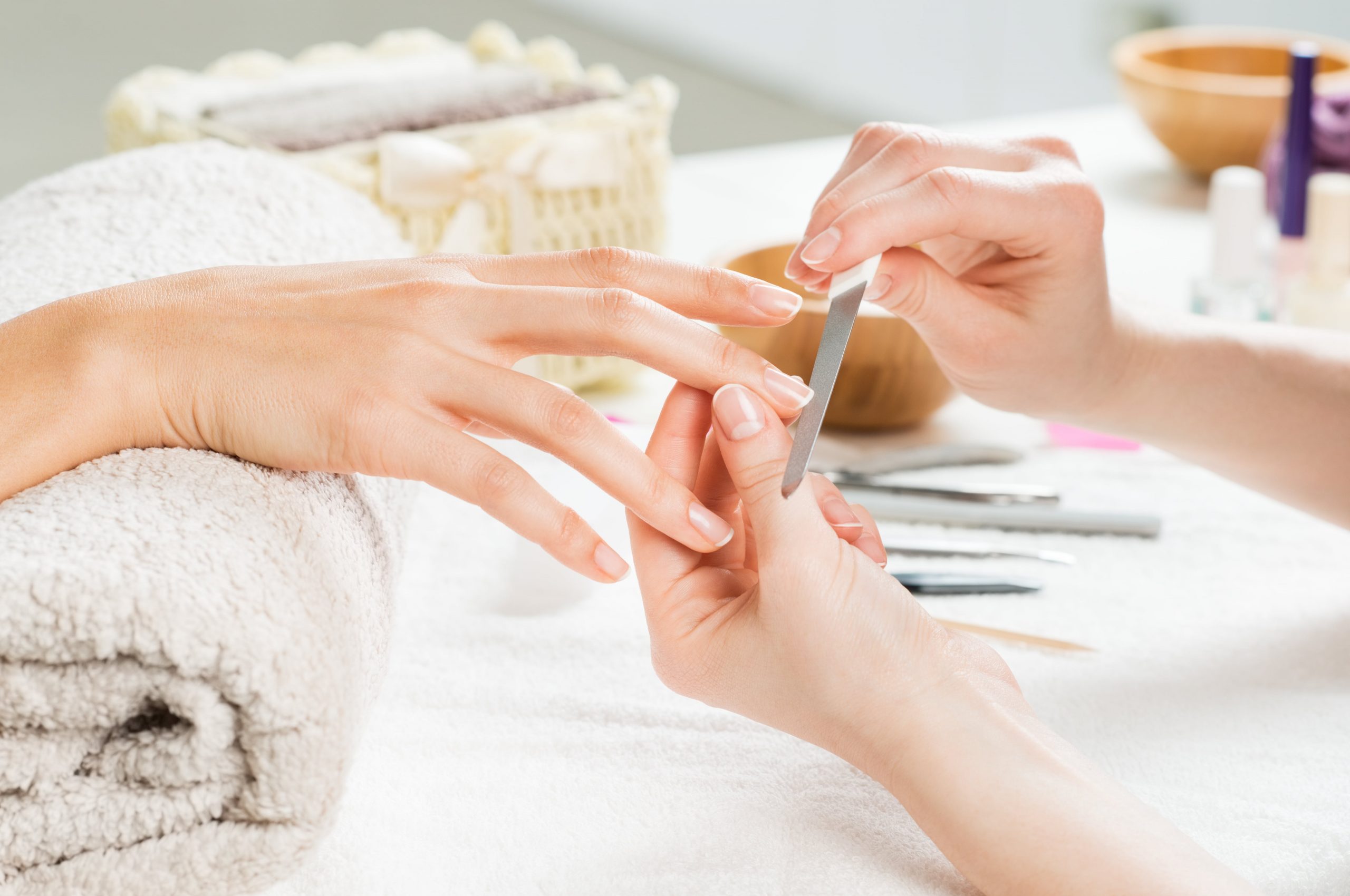
Manicure Course Price – Understanding the Investment and Value of Nail Technician Training
Determining the manicure course price involves assessing the value, scope of training, certification, and location of the program. It’s important to view the cost as an investment in your skill set and future earning potential rather than just an expense.
In this section, we explore typical price ranges, factors influencing course fees, and how to evaluate the value of different programs.
Typical Price Range for Manicure Courses
- Basic manicure courses can range from $50 to $300 for short-term programs.
- Comprehensive manicure and pedicure courses often fall between $300 to $1,200.
- Advanced or specialized courses, including gel nails, nail art, or medical pedicure certifications, may cost $1,200 to $3,000 or more.
- Online courses tend to be more affordable, often between $50 to $600, but may lack practical in-person training.
Factors Influencing Course Price
- Curriculum Depth and Duration Longer and more detailed courses with extensive modules tend to cost more.
- Accreditation and Certification Recognized courses with high industry credibility usually carry premium prices.
- Location and Facility Quality Courses in metropolitan areas or premium establishments often command higher fees.
- Instructors’ Experience and Reputation Courses led by industry experts may have a premium price due to their expertise.
- Included Materials and Supplies Some courses include kits, supplies, and equipment, influencing the overall cost.
- Additional Services Access to internships, job placement, or ongoing support can add to costs.
Cost versus Value: Making an Informed Decision
When evaluating your options, consider the following:
- Certification Recognition Will the certificate help you get licensed and employed?
- Practical Training Hours Does the course provide ample hands-on experience?
- Post-Course Support Are there mentorships, updates, or networking opportunities?
- Reputation and Reviews What do past students say about their experiences?
- Additional Opportunities Does the program offer post-graduation job placement or continuing education?
Balancing cost with value ensures you receive high-quality training that justifies your investment.
Tips to Maximize Your Course Investment
- Ask for a detailed syllabus and materials list to gauge if the curriculum covers your needs.
- Look for promotional deals or discounts which some schools offer periodically.
- Consider financing options if available to make the training more affordable.
- Invest in quality tools and supplies to complement your training and build your confidence.
Comparing Costs Across Different Training Providers
| Provider Type | Basic Course Price | Comprehensive Course Price | Notable Benefits |
|---|---|---|---|
| Local Beauty Schools | $50 – $300 | $300 – $900 | Hands-on training, local support |
| Specialized Institutes | $200 – $700 | $1,000 – $2,500 | Industry recognized certification |
| Online Platforms | $50 – $600 | N/A | Flexible schedule, lower cost |
| Premium Courses | $500 – $3,000 | $2,000 – $5,000 | Advanced skills, certification |
By clearly understanding these factors, you can select a manicure course that offers the best balance between cost and quality, ultimately shaping your career.
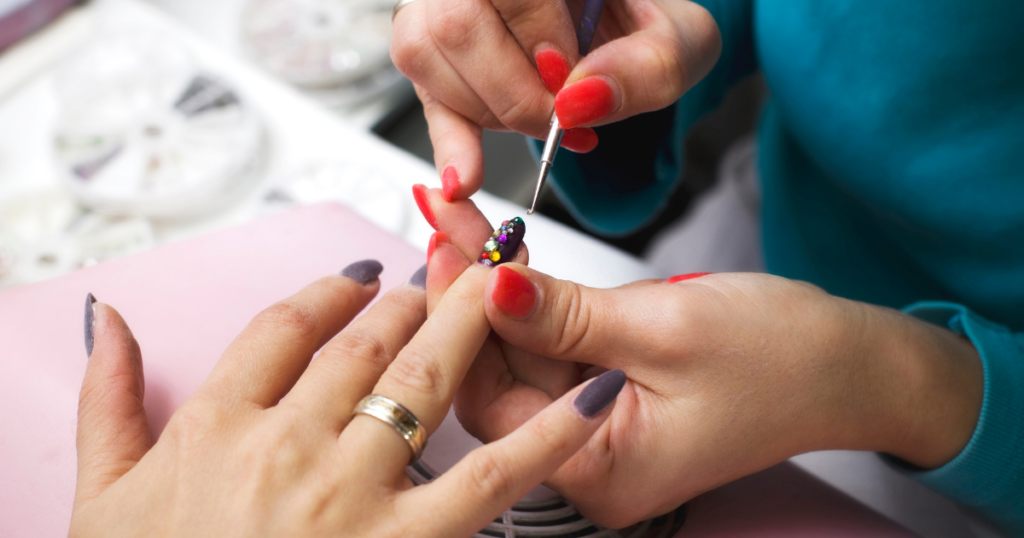
Manicure License – Securing Your Legal Right to Practice Nail Art Professionally
Gaining a manicure license is a crucial legal step for nail technicians and beauty professionals. The license not only allows you to work legally but also lends credibility and assures clients of your qualifications.
This section provides a detailed overview of what a manicure license entails, the requirements, process, and how to utilize your training to obtain it.
What Is a Manicure License?
A manicure license is an official certification issued by local, state, or national regulatory authorities that permits an individual to provide manicure and pedicure services professionally. It signifies that the practitioner has met specific educational, technical, and safety standards necessary for operating legally.
Licensing requirements vary by jurisdiction but generally include completing accredited training, passing examinations, and sometimes, fulfilling practical hours.
The Importance of a Manicure License
- Legal Authorization Legally required in many regions to operate in salons or independently.
- Professional Credibility Demonstrates your qualification to clients and employers.
- Marketability and Trust Licensed practitioners are often prioritized for job openings and freelance opportunities.
- Access to Insurance Many insurance providers require licensed professionals for coverage.
- Potential for Higher Earnings Certified professionals command higher rates due to credibility.
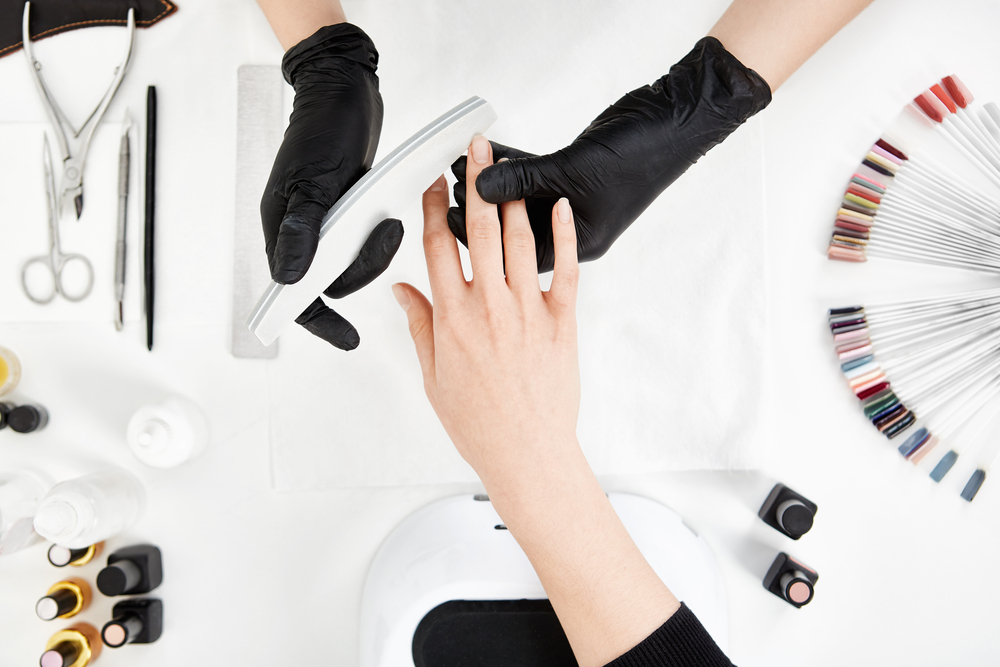
How to Obtain a Manicure License
- Complete an Accredited Manicure Course Ensure your education aligns with local licensing standards to satisfy the manicure course prerequisites.
- Pass Relevant Examinations Many licensing bodies require written and practical exams testing your knowledge of nail techniques, sanitation, and safety.
- Log Practical Experience Hours Some jurisdictions mandate a certain number of supervised practice hours in a licensed environment.
- Submit License Application Fill out applications through the state or local health department or cosmetology board, providing your certification and proof of training.
- Pay Applicable Fees Licensing fees vary based on jurisdiction and certification type.
- Maintain Continuing Education To keep your license active, participate in ongoing training aligned with industry standards.
Using Your Manicure Course for Licensing Success
Your manicure course sets the foundation for licensing. Focus on a program that’s recognized and offers comprehensive preparation for licensing exams. Use your coursework to practice techniques, understand sanitation laws, and develop a professional attitude — all essential for your license application process.
Many courses include exam prep and legal modules to help you succeed in licensing assessments. Additionally, building relationships with instructors provides mentorship and guidance during your licensing journey.
Common Challenges and How to Overcome Them
- Meeting Practice Hour Requirements Volunteer at salons or training facilities to accumulate hours if needed.
- Preparing for Exams Use practice tests, study guides, and attend review classes offered by training providers.
- Understanding Local Regulations Stay updated on jurisdiction-specific laws through official licensing authority websites.
- Financial Planning Budget for licensing fees, exam costs, and continuing education to avoid delays.
Maximizing Your Career with a Licensed Manicure Technician
Once licensed, leverage your credentials to increase your marketability. Consider specializing further in areas like gel nails, nail art, or spa services to differentiate yourself. Maintaining your license through ongoing education ensures you stay current with advancements and legal requirements.
Conclusion
A manicure course is more than just a class—it’s an essential investment in building a professional and credible nail care career. Whether you choose accredited programs, local courses near you, or focus on the best value for your money, completing a comprehensive training equips you with the skills, confidence, and legal standing needed to excel. Securing your manicure license validates your expertise and opens doors to a thriving industry filled with opportunities to showcase creativity, deliver satisfaction, and grow your business. With dedication, the right education, and strategic planning, your journey to becoming a skilled nail technician begins today.
FAQs
What is the duration of a typical manicure course?
Most basic manicure courses last from a few days to a week, providing intensive hands-on training. More comprehensive or advanced courses extending over several weeks or months are designed for in-depth learning.
Can I find free or affordable manicure courses?
While free courses are rare and might lack certification, many affordable options are available at community colleges, vocational schools, or online platforms. Always verify their accreditation and practical training components.
Do I need a license to practice manicure services?
Yes, in most regions, a manicure license is legally required to operate professionally, whether employed in a salon or as an independent technician.
How often do I need to renew my manicure license?
Renewal periods vary by jurisdiction, typically ranging from one to two years. Continuing education credits are often required to maintain your licensure.
How does a manicure course help in establishing my own business?
A professional manicure course provides essential skills, confidence, and certification needed to attract clients, build a portfolio, and operate legally. Plus, courses that include business modules teach you marketing, pricing, and customer service techniques to succeed as an entrepreneur.
